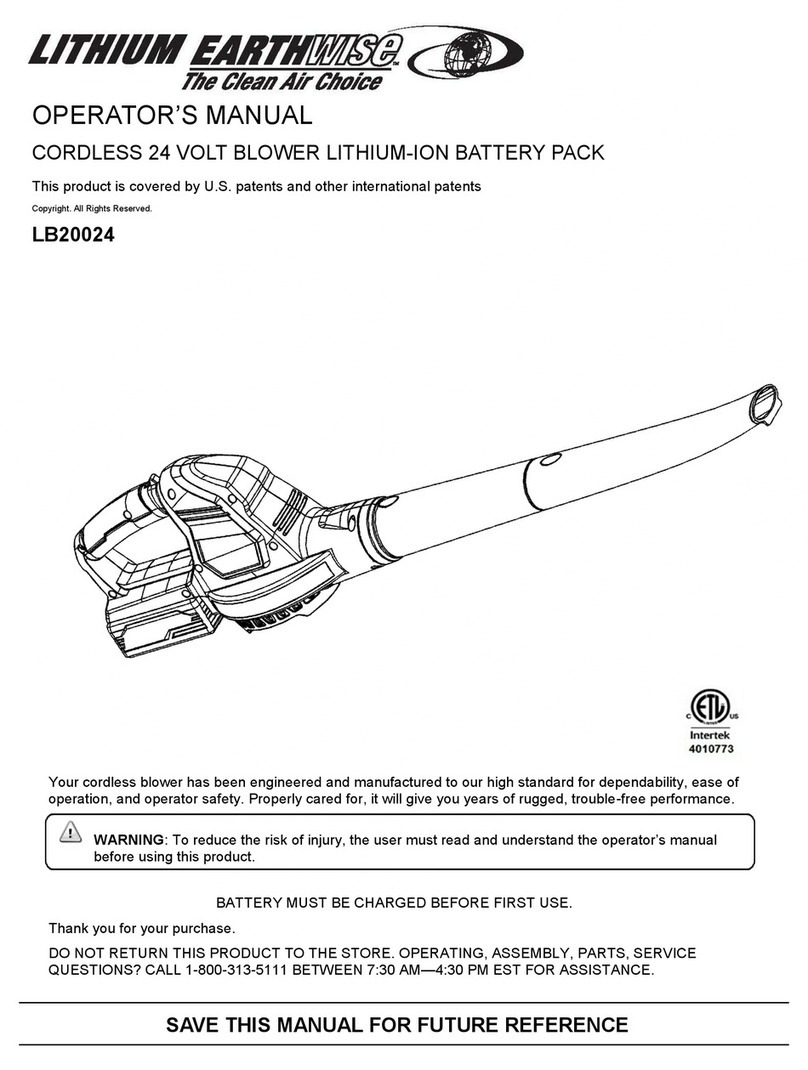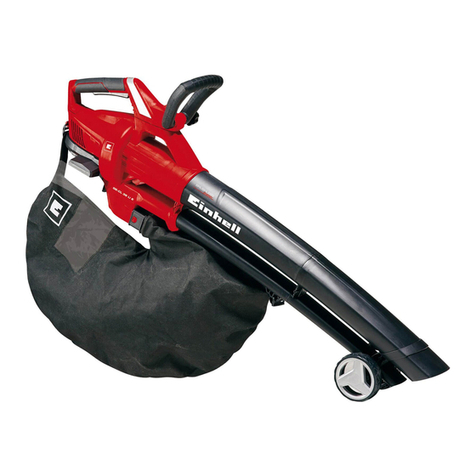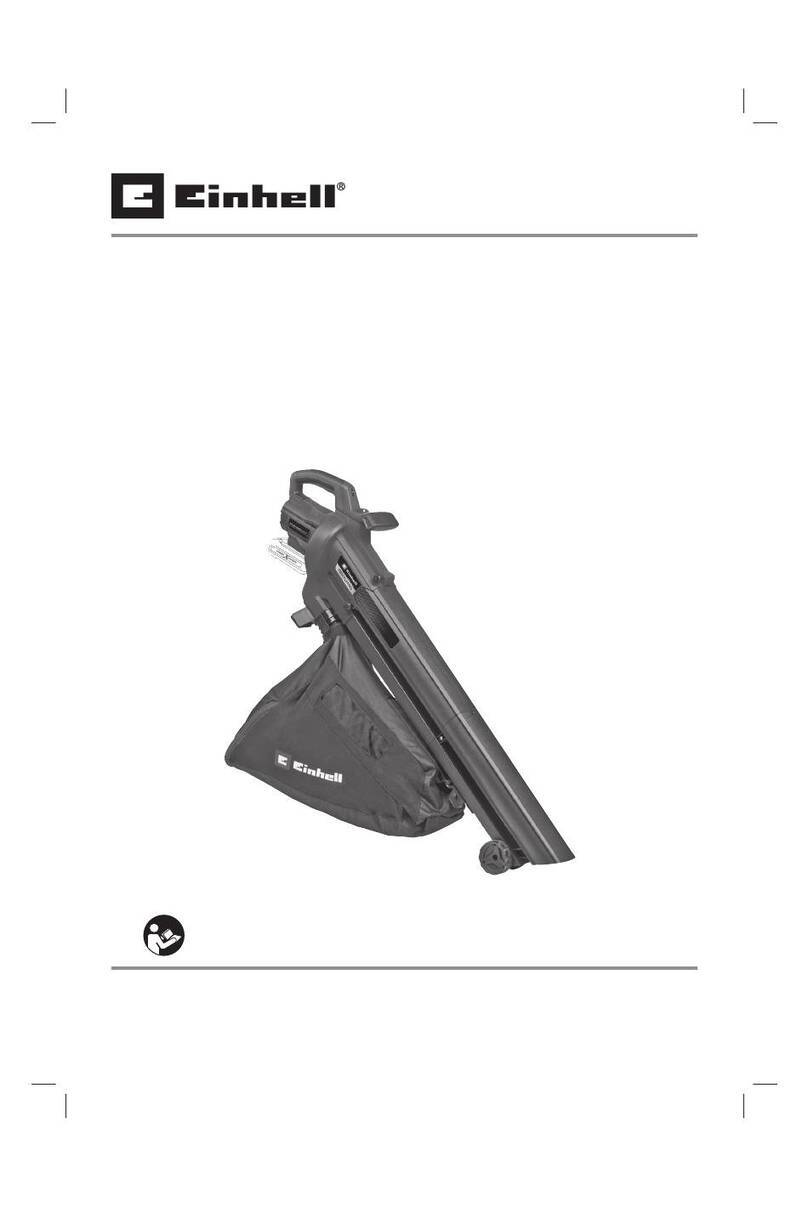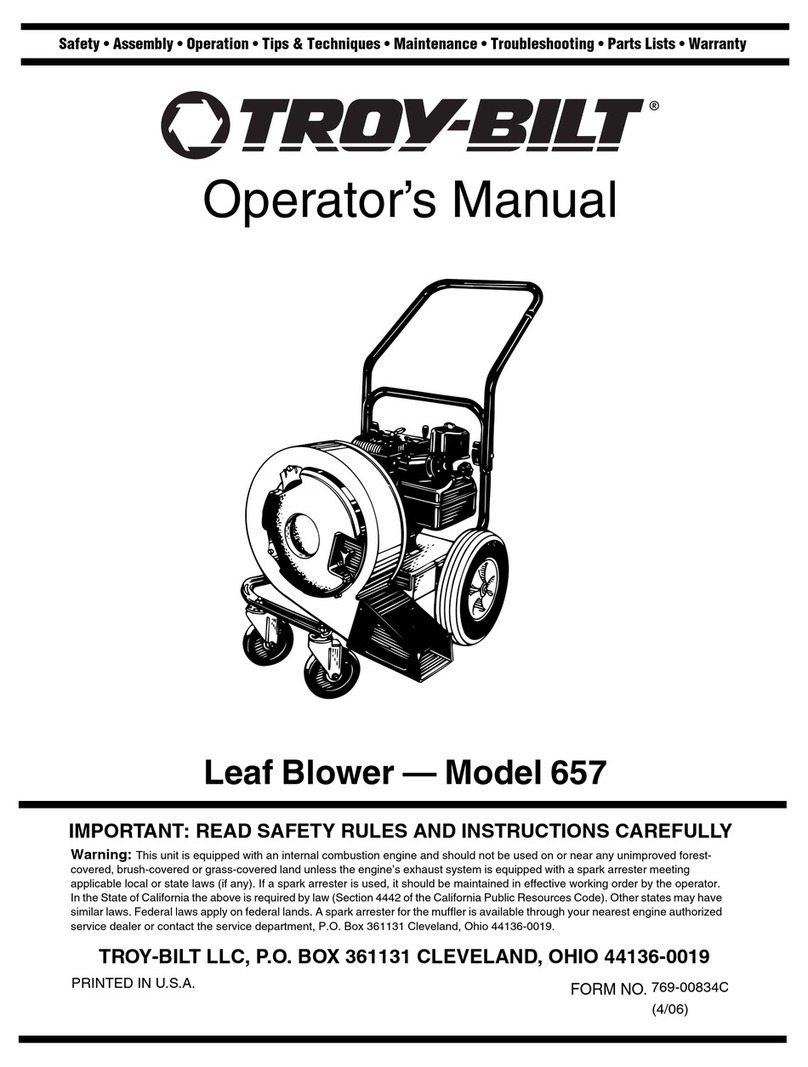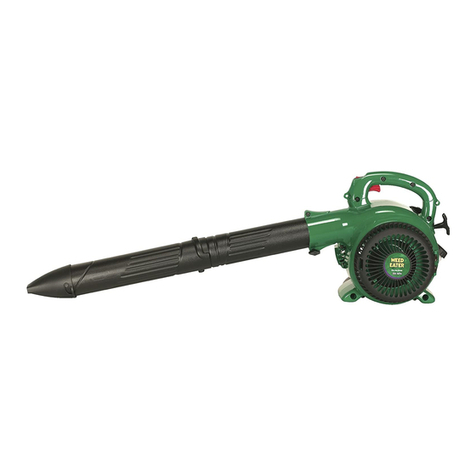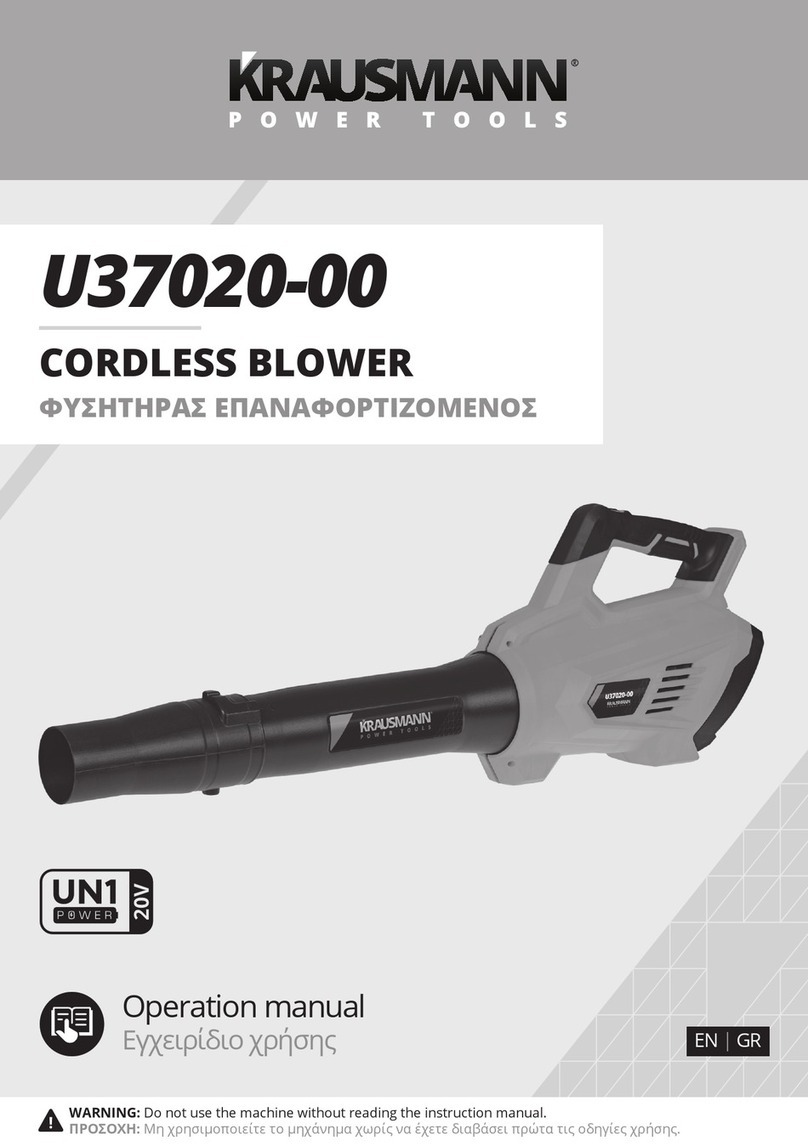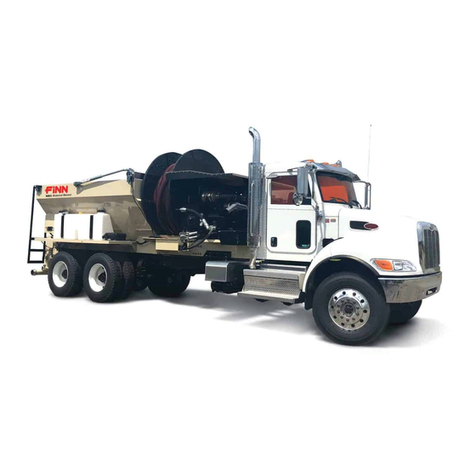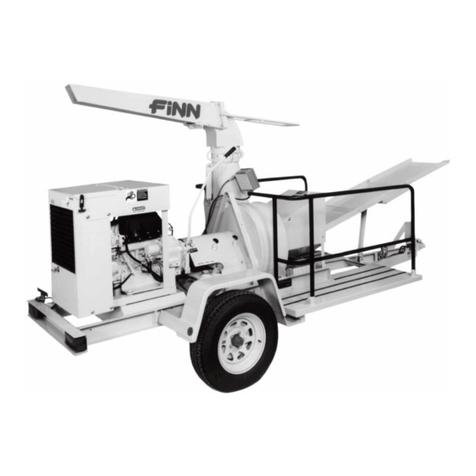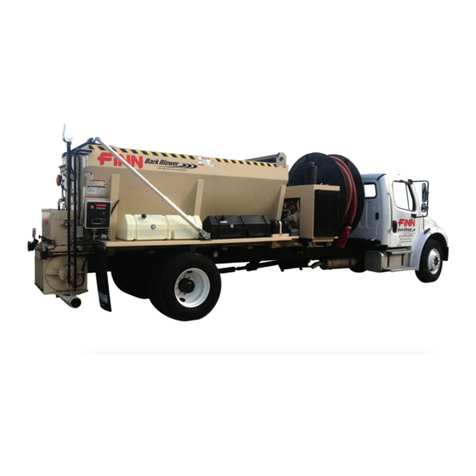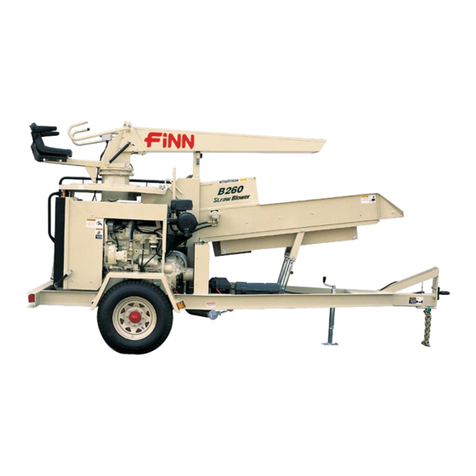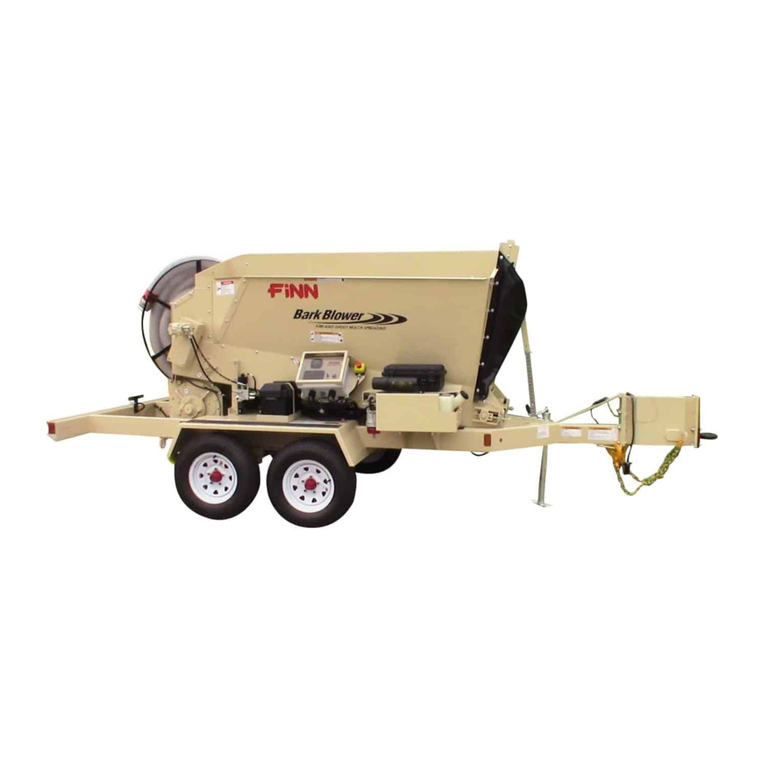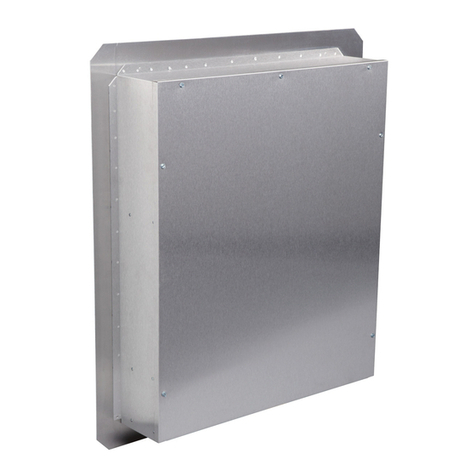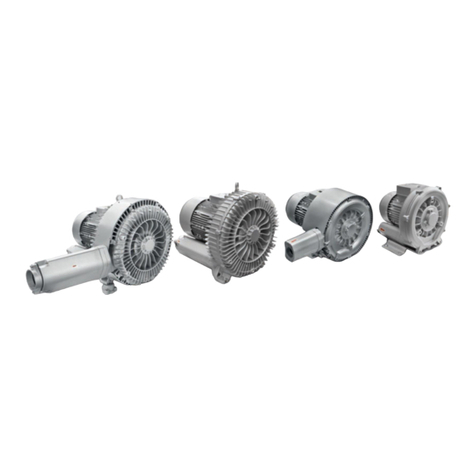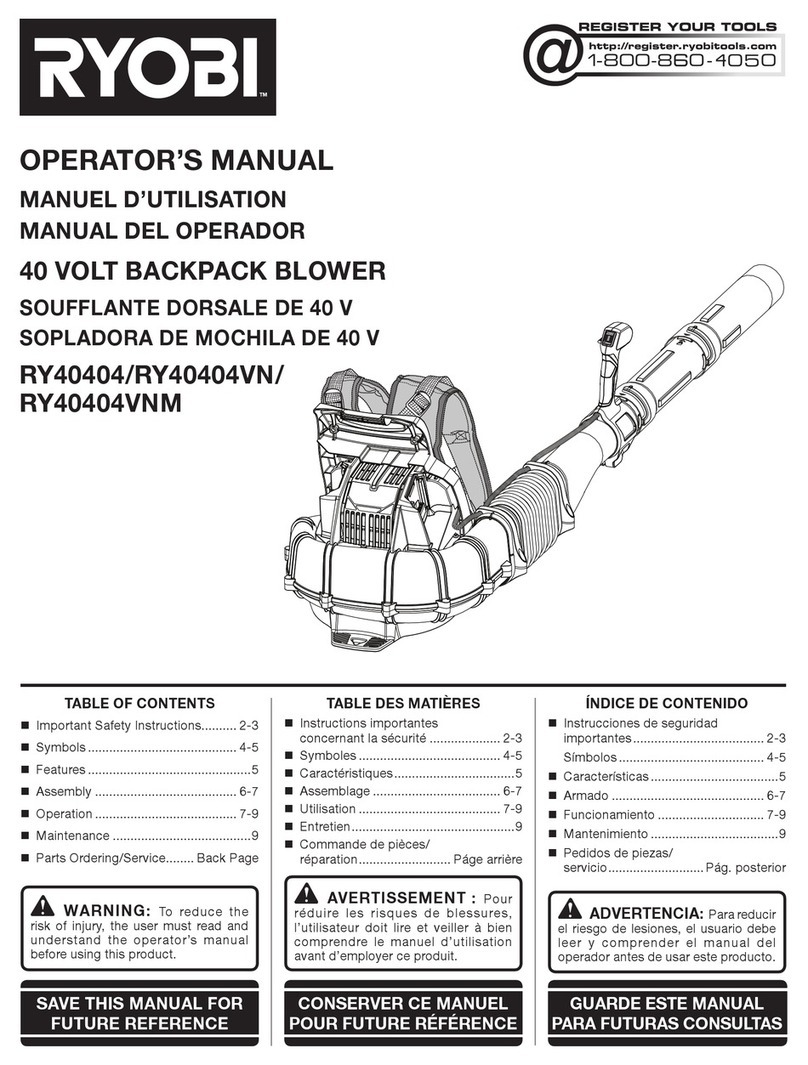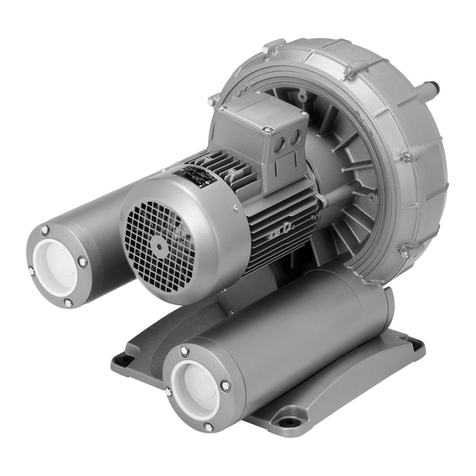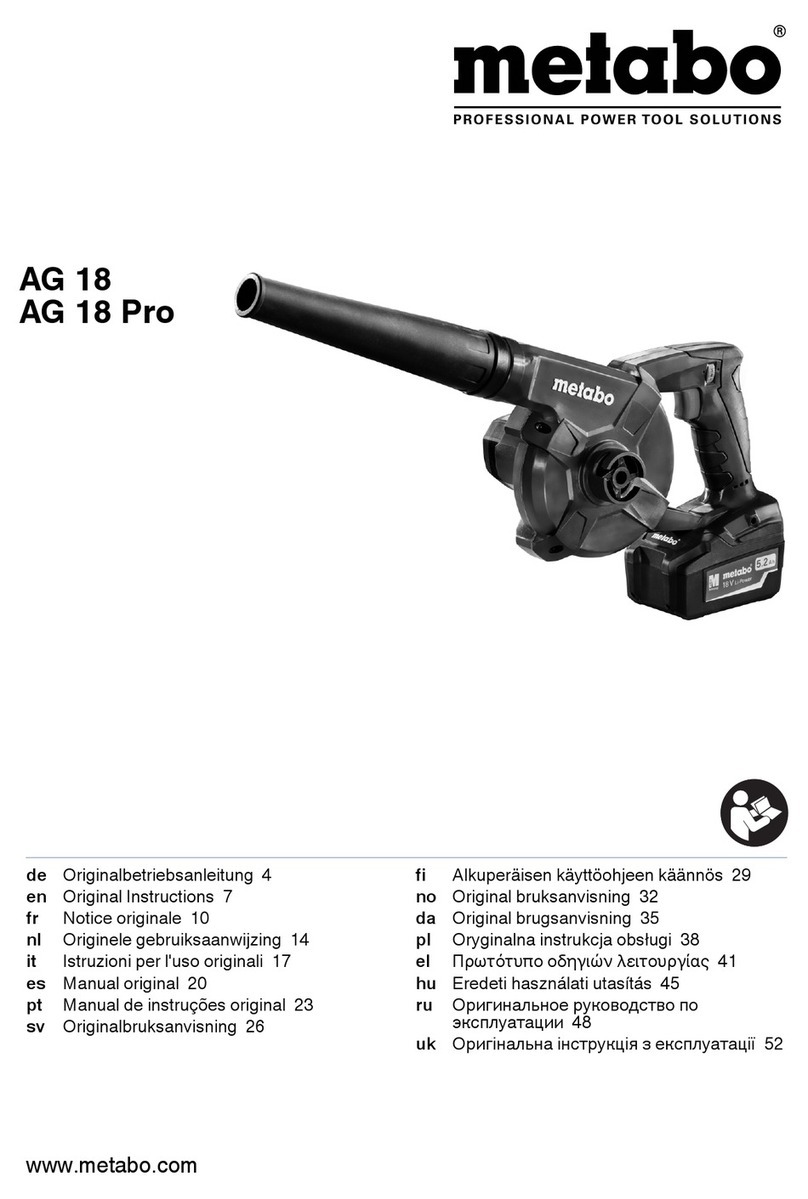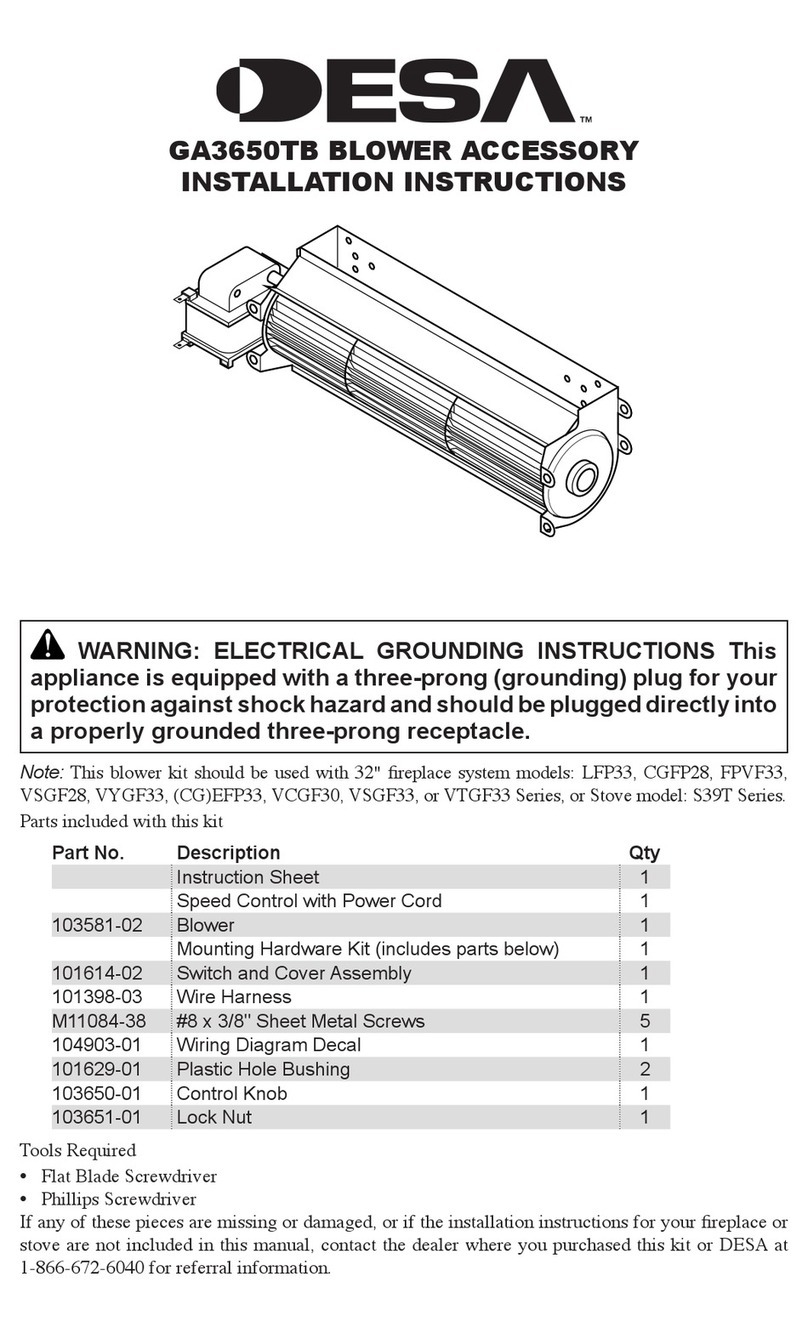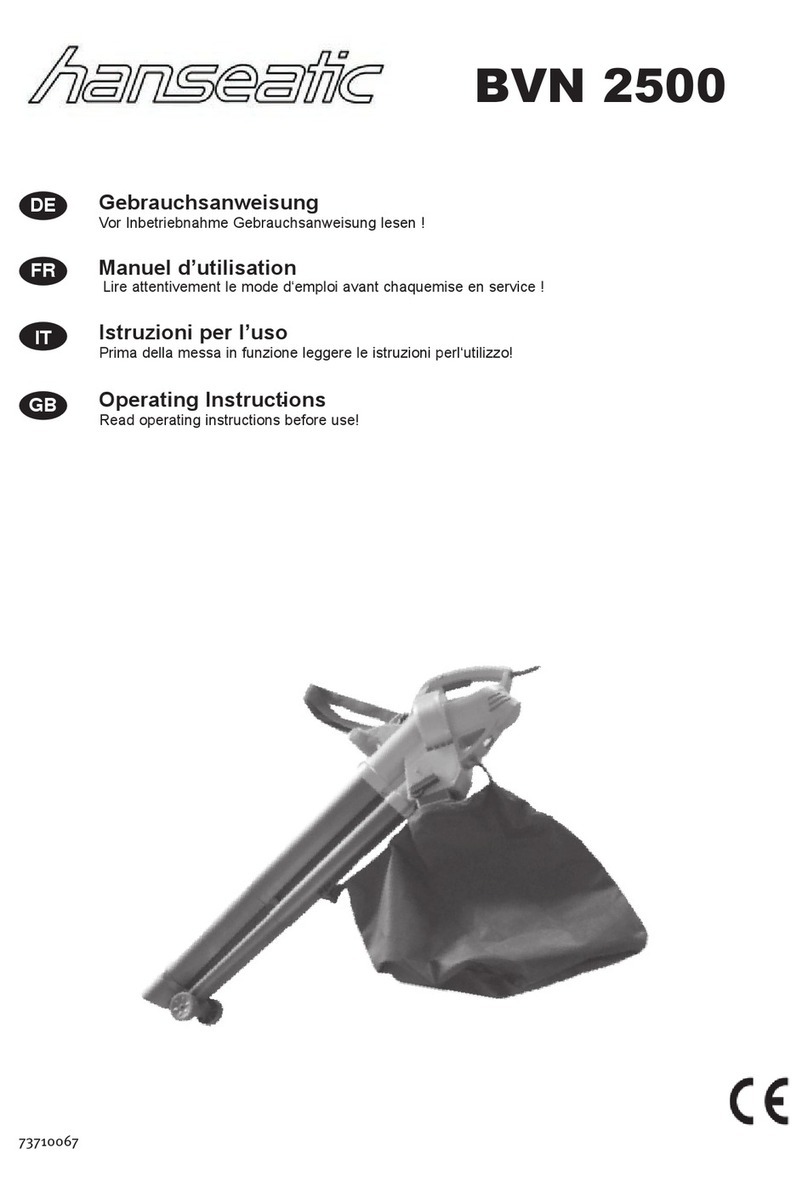
3
II. MACHINE OPERATION (Continued)
8. Never modify the machine. Never
remove any part of the machine
(except for service and then
reinstall before operating).
9. Use proper means for mounting and dismounting
of machine. Never mount or dismount a moving
machine.
10. Do not aim discharge at people, animals, etc. Only
aim the discharge at the intended seedbed.
11. Do not open any doors or access panels while
machine is in operation. Severe injury may result
from rotating parts.
12. Do not attempt to pull anything
out of the feed chute or shredder
box when machine is in operation.
Shut down the engine and
ensure non-operational machine
state using the Occupational
Safety and Health Administration
(OSHA) lockout/tagout procedure
(29CFR 1910.147) before removing
any foreign objects. Give a visual
and audible signal that all is clear
before restarting the machine.
III. MAINTENANCE
1. Before servicing the machine, turn
off engine and allow all moving
parts to stop. Disconnect the
battery cables to prevent accidental
starting of the machine. Tag the
engine operating area to show that
the machine is being serviced. Use
OSHA lockout/tagout procedure (29CFR 1910.147).
2. Perform general maintenance such
as checking the safety chains,
hitch, hitch bolts, tires, and
brakes. Repair or replace if worn
or broken. Never operate machine
on improperly inflated or damaged
tires. Always use a safety cage or
cable restraints when reinflating a repaired tire.
III. MAINTENANCE (Continued)
3. Battery maintenance. Lead-acid
batteries contain sulfuric acid,
that will damage eyes or skin
on contact. Always wear a face
shield to avoid getting acid in the
eyes. If acid contacts eyes, flush
immediately with clean water and get medical
attention. Wear rubber gloves and protective
clothing to keep acid off skin. Lead-acid batteries
produce flammable and explosive gases. Keep
arcs, sparks, flames, and lighted tobacco away.
4. Filling of fuel. Never fill the fuel tank while the
engine is running, while smoking, or when near an
open flame. Never smoke while handling fuel or
working on the fuel system. The fumes in an empty
fuel container are explosive. Never cut or weld
on fuel lines, tanks, or containers. Move at least
10 feet (3 meters) away from fueling point before
starting engine. Wipe off any spilled fuel and let dry
before starting engine
IMPORTANT: Be careful not to allow fuel, lubricant,
hydraulic fluid, or cooling fluids to penetrate into
the ground or be discharged into the water system.
Collect all used fluids and dispose of them properly.
5. It is recommended that only authorized, genuine
FiNN replacement parts be used on the machine.
6. Make certain that all decals on the machine are
maintained in good legible condition. Replacement
decals are available through FiNN Corporation by
specifying the part number shown in the lower right-
hand corner of the decal. See page 4 for the current
set of safety decals mounted on the unit. See Parts
Manual for the location and quantity of all decals on
this unit.
7. Do not pressure wash this unit.
Do not pressure wash around any
control boxes, radio remotes or
control panels. Pressure washing
this unit can cause damage to the
electrical systems and components
and also cause the unit to not function. Pressure
washing injects water into sensitive electrical
components. To clean the unit, use a method that
controls the amount of water that is applied to the
surface of the unit.
